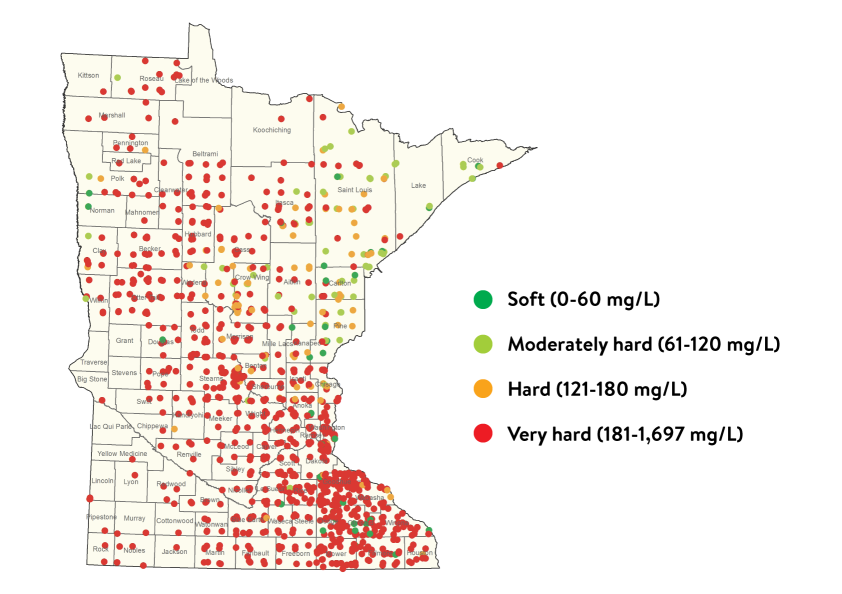Chloride from water softeners doesn’t break down in the environment, making lakes and streams saltier and harmful to aquatic life. It can also seep into groundwater, jeopardizing drinking water supplies. Currently, 68 Minnesota lakes and streams exceed safe chloride levels, and municipal treatment plants struggle to address the issue, which could result in higher utility costs for residents.
Brooke Asleson, MPCA’s chloride reduction coordinator, suggests simple solutions to lower salt use:
- Evaluate Your Needs: Not all homes require a water softener. If hard water isn’t affecting your appliances, you may not need one.
- Upgrade Equipment: Replace outdated timer-based softeners with efficient demand-based models, which only use salt when necessary.
- Optimize Use: Limit softened water to indoor taps and avoid treating outdoor spigots or sprinkler systems.
For those wanting alternatives, water conditioners and tank exchange services offer salt-free or reduced-salt options, though their upfront costs may be higher.
The City of Marshall saw a dramatic 86% drop in salt use after residents upgraded or optimized their water softeners. This not only reduced chloride pollution but saved households hundreds of dollars annually.

Water hardness in drinking water wells in Minnesota. Classification scale from the U.S. Geological Survey




